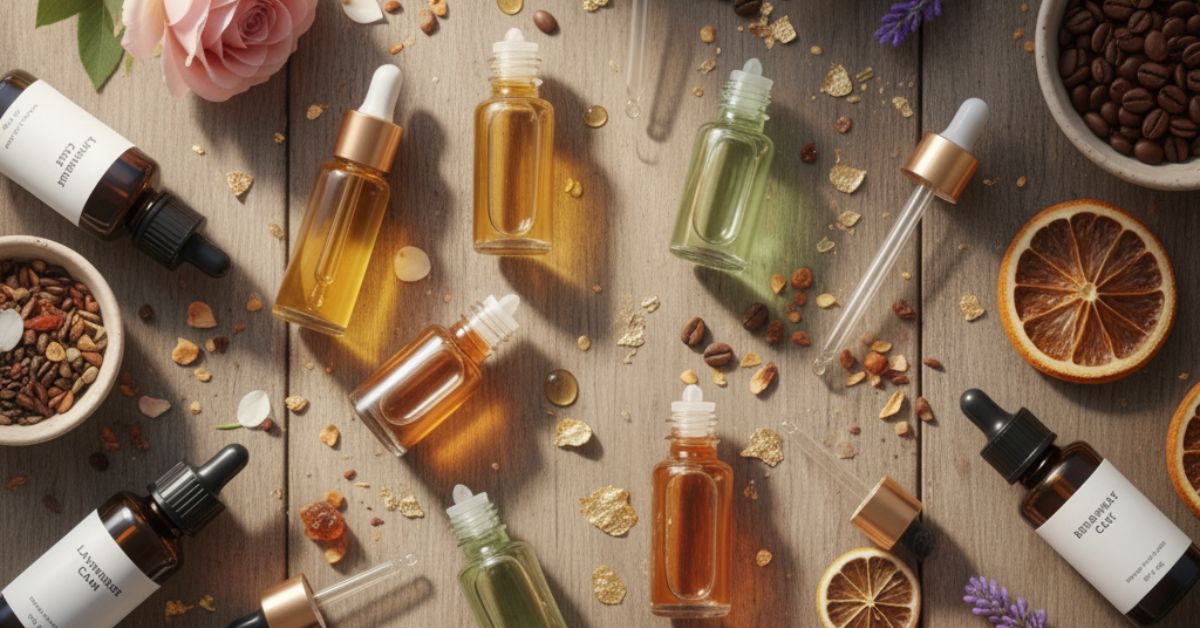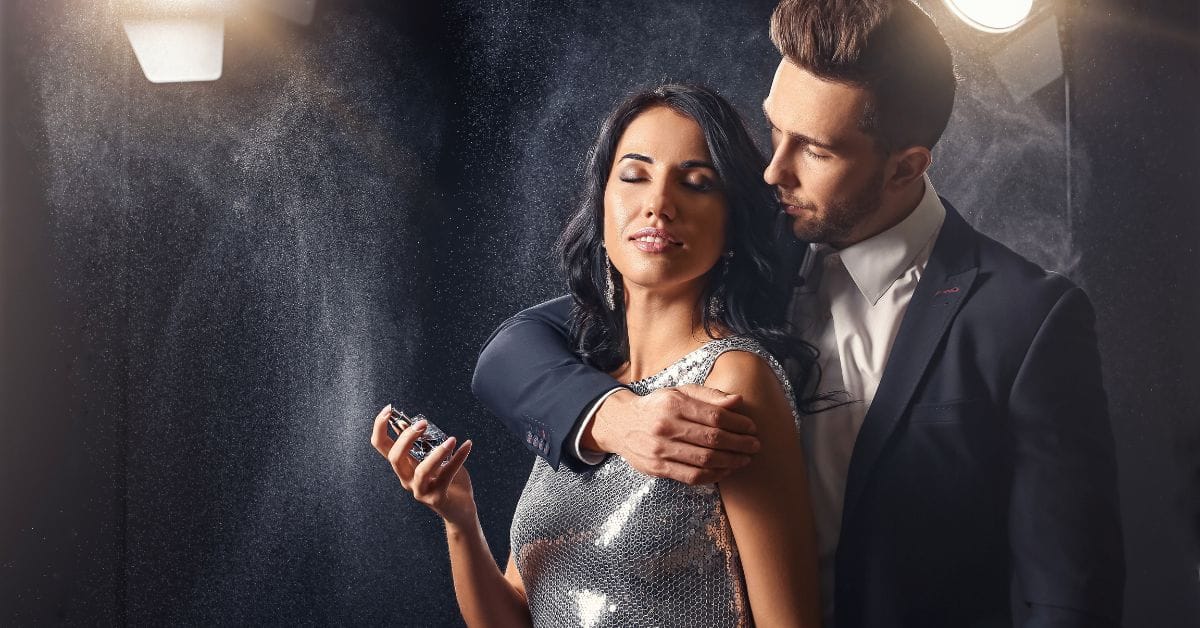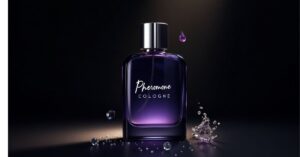
Introduction
Perfume oil has been cherished for centuries as a luxurious way to express personal style through fragrance. Unlike sprays or eau de parfum, oil-based perfumes are concentrated, long-lasting, and gentle on the skin. They sit closer to the body, making them more intimate and personal, while also being less likely to trigger allergies or irritations caused by alcohol-based sprays. In recent years, oil perfume fragrance creations have become a favorite for people who want more control over their scent profile and are seeking a more natural alternative.
Another reason for their popularity is versatility: you can layer them with other products, experiment with rare essential oils, or create subtle blends that evolve with your skin’s chemistry. Making your own is easier than it sounds, highly cost-effective compared to designer brands, and gives you the freedom to experiment with unique combinations that reflect your personality, mood, or even the season. In this guide, we’ll take you step-by-step through the process of creating your very own blend, while also sharing professional tips to ensure your perfume is both memorable and long-lasting
What is Perfume Oil?
Perfume oil is a mixture of concentrated fragrance materials diluted in a carrier oil such as jojoba or sweet almond. Unlike alcohol-based perfumes, it doesn’t evaporate quickly, so it stays on the skin longer. Cultures around the world, from ancient Egypt to modern-day niche perfumers, have valued oil-based scents for their richness and intimacy. Whether you’re seeking something subtle for everyday wear or bold for special occasions, oil-based perfumes offer endless possibilities.
Benefits of Making Your Own Perfume Oil
Creating your own perfume oils offers several advantages:
- Customization: Blend scents that match your mood or occasion, creating a fragrance that truly feels like your own.
- Cost savings: DIY blends are often more affordable than designer perfumes, while still delivering luxury.
- Skin-friendly: By using high-quality natural ingredients, you can avoid harsh chemicals and reduce the risk of irritation.
- Creative expression: Making perfume becomes a form of personal art, allowing you to experiment with new combinations.
- Eco-conscious: Reusable bottles and natural oils help reduce waste and make your fragrance routine more sustainable.
Understanding Perfume Notes
Great fragrances are built like music, with three main types of notes that work in harmony to create a full composition:\n\n- Top notes (head notes): The first scent you notice, often fresh and vibrant such as citrus, mint, or light herbs. These make the initial impression but fade the fastest. \n- Heart notes (middle notes): The main body of the scent, usually floral, fruity, or spicy, that emerges once the top notes evaporate. They define the personality of your fragrance and can last several hours. \n- Base notes: The foundation of the perfume, like sandalwood, musk, amber, or vanilla. These are deep and grounding, lingering the longest on the skin and giving your perfume staying power. \n\nA balanced formula usually follows a 2:1:1 ratio of base, heart, and head notes. This structure ensures your perfume opens brightly, develops with character, and settles into a memorable, long-lasting finish.
The Maths of Perfume Blending
When making perfume, precision matters. Here’s a simple formula:
- 1 ml ≈ 20 drops.
- For a 5 ml bottle = 100 drops.
- Example: 20% fragrance concentration → 20 drops fragrance + 80 drops carrier oil.
Within the fragrance portion, distribute drops into base, heart, and top notes. For example:
- 10 drops base
- 5 drops heart
- 5 drops top
This method ensures a balanced and well-rounded perfume.
Tools & Ingredients You’ll Need
To create essential oil perfume, gather these essentials:
- Carrier oils: jojoba, sweet almond, or grapeseed.
- Essential oils or fragrance oils: base, heart, and top.
- Small rollerball bottles (5 ml or 10 ml).
- Droppers and pipettes for accuracy.
- Labels to track your blends.
Optional: fixatives such as benzoin or labdanum can extend longevity.
Step-by-Step Guide: Making Perfume Oil
- Plan your scent: Decide whether you want your fragrance to feel floral, citrusy, woody, oriental, or even a custom fusion. Think about the mood or occasion you’re designing it for—daytime freshness, romantic evening, or grounding everyday wear.
- Select notes: Choose at least one base, one heart, and one top note. Start simple, then experiment with additional layers once you’re confident.
- Measure drops: Use the recommended ratio for accuracy to achieve a balanced, long-lasting fragrance.
- Blend oils: Add your essential oils into the perfume bottle in order—base notes first, followed by heart, then top notes.
- Rest the mixture: Let the concentrated blend sit for 7 days in a cool, dark place so the ingredients meld together naturally.
- Add carrier oil: After the initial resting phase, fill the remaining bottle space with your chosen carrier oil, like jojoba or fractionated coconut.
- Shake gently: Mix carefully without vigorous shaking to preserve the integrity of the scent molecules.
- Mature: Leave the finished blend to age another 3–4 weeks. This deepens the character and smooths transitions between notes.
- Test & adjust: Try it on your skin, notice how it develops over hours, and take notes to refine future batches for your ideal fragrance.
Safety Tips & Mistakes to Avoid
- Perform a skin patch test before regular use.
- Avoid low-quality oils or artificial fillers.
- Don’t overload with too many notes—simplicity often works best.
- Store bottles away from sunlight and heat.
- Keep track of ratios so you can recreate your favorites.
Advanced Tips for Blending
Once you’re comfortable, experiment with more complex blends:
- Use accords (floral blends, citrus blends) as building blocks.
- Try layering your perfume with matching body oils or lotions.
- Adjust your blend seasonally: light citrus for summer, rich woody for winter.
- Add natural fixatives for extra staying power.
DIY Recipes for Perfume Oils
Here are a few tried-and-tested recipes:
Romantic Floral Blend
- Base: 10 drops sandalwood
- Heart: 5 drops rose
- Top: 5 drops bergamot
Fresh Citrus Day Blend
- Base: 10 drops cedarwood
- Heart: 5 drops lavender
- Top: 5 drops lemon
Deep Woody Evening Blend
- Base: 10 drops patchouli
- Heart: 5 drops jasmine
- Top: 5 drops grapefruit
Exotic Oriental Blend
- Base: 10 drops vanilla
- Heart: 5 drops clove
- Top: 5 drops sweet orange
FAQs
How long does homemade perfume last?
Most blends last 6–12 months if stored properly.
Can I make perfume with only essential oils?
Yes, but you’ll still need a carrier oil to dilute.
What is perfume essence oil?
It’s a concentrated aromatic oil used to create fragrances, often blended with carriers.
How much does a bottle cost to make?
Often less than a quarter of store-bought perfumes.
Are perfume oils Australia-friendly in hot weather?
Yes, just store them in a cool, dark place to prevent spoilage.
Conclusion
Creating your own perfume oils is an enjoyable way to explore creativity while crafting a signature scent. With simple tools, high-quality oils, and patience, you can design blends that rival commercial perfumes. Whether you’re drawn to florals, woods, or spices, DIY perfume is both personal and rewarding. Start experimenting today and discover the joy of making a fragrance that is uniquely yours.
If you’re in Australia and looking for premium ingredients or ready-to-use blends, check out WildfireOil.com—a trusted source for perfume oils and supplies.







